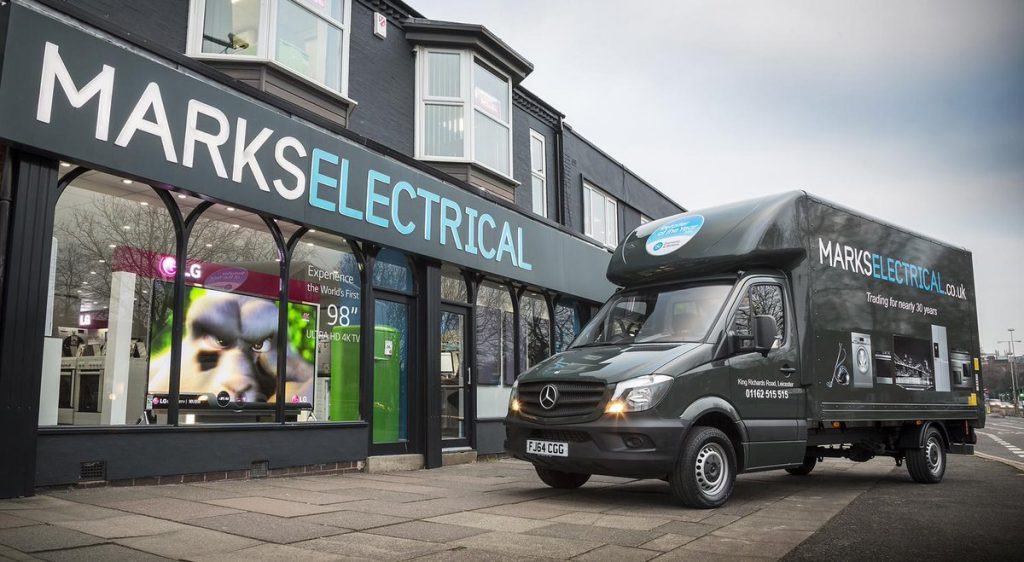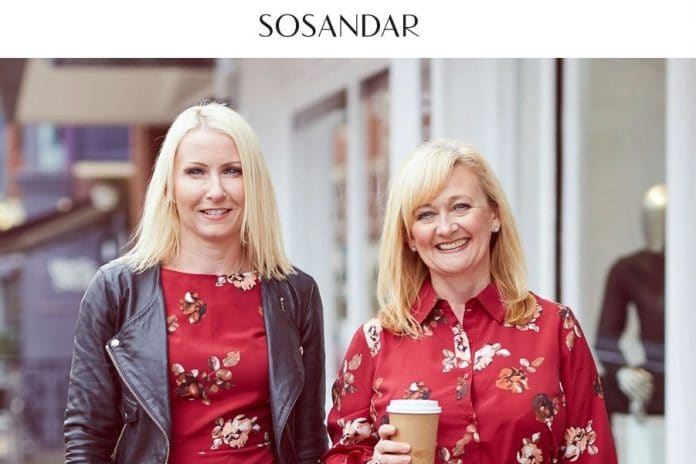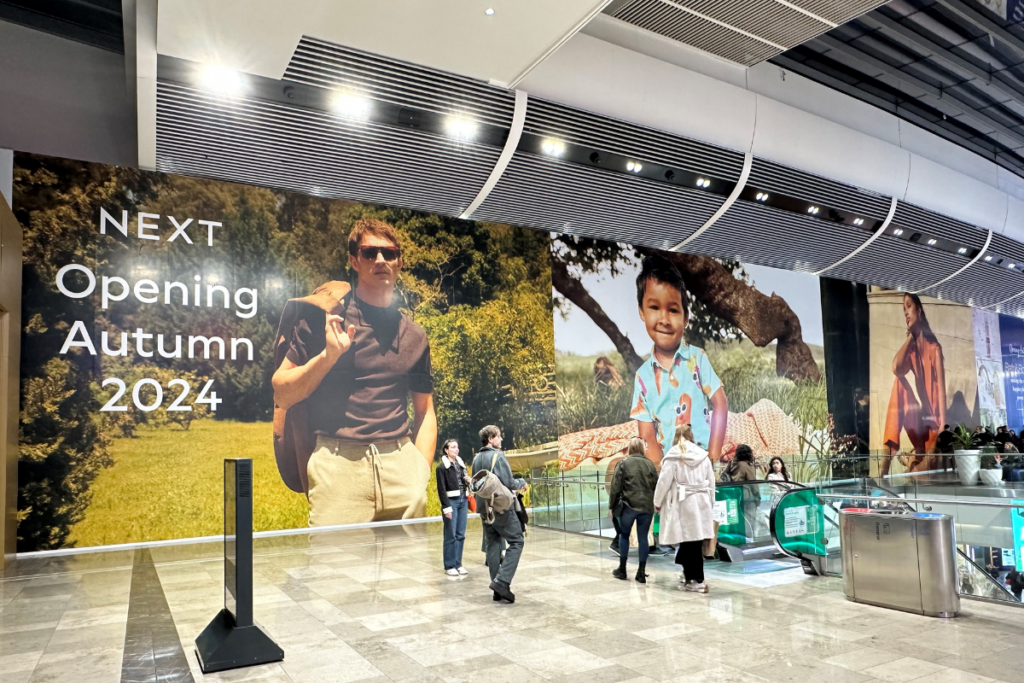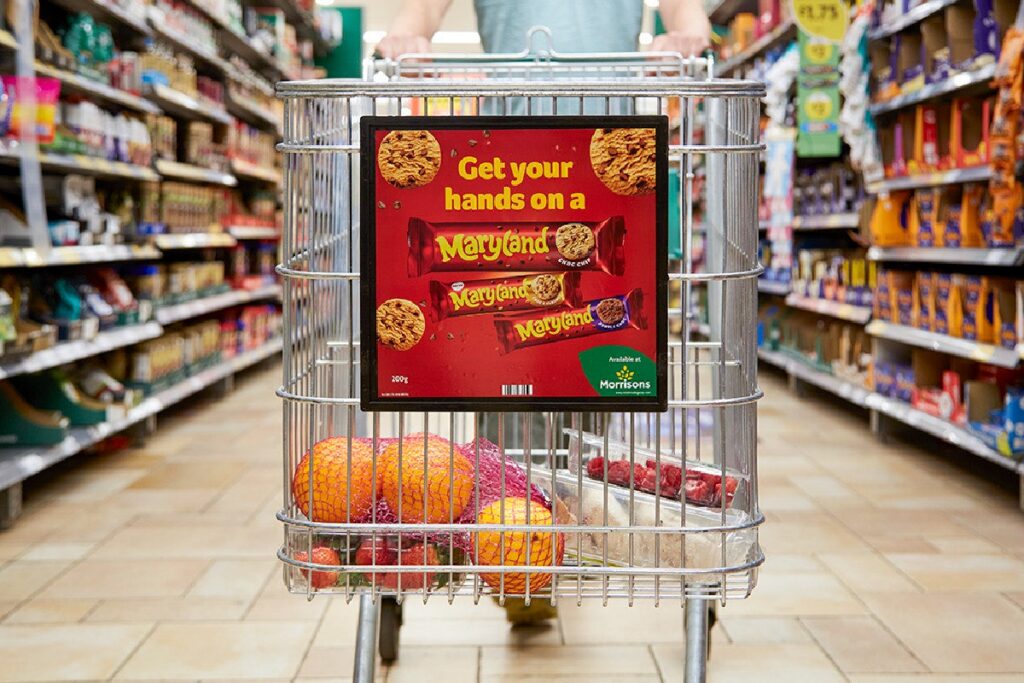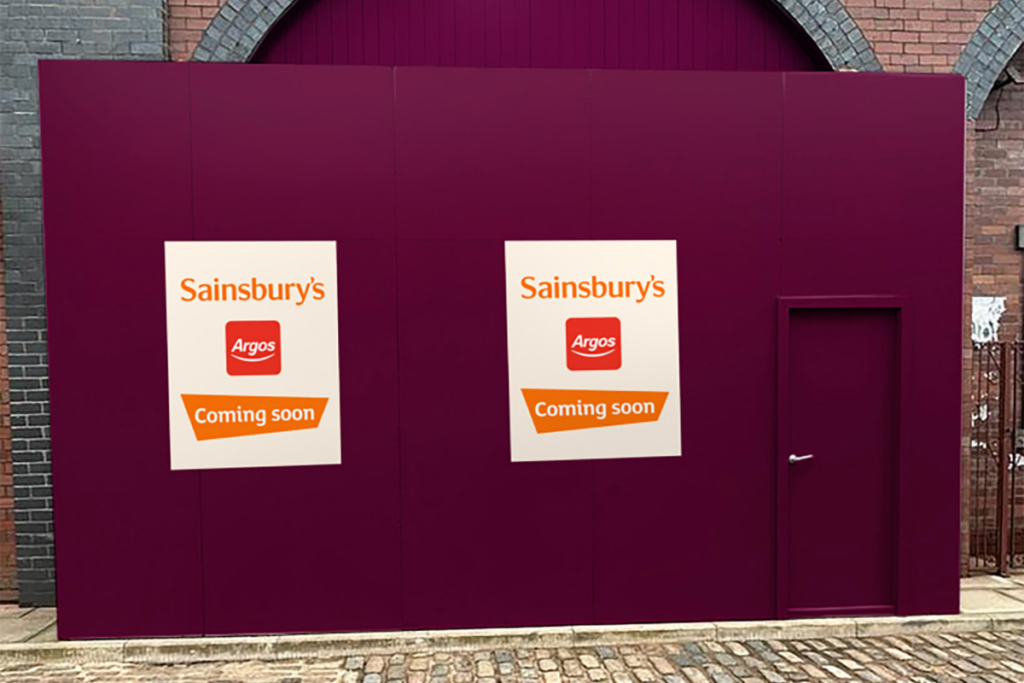Social media is enjoying a retail renaissance. Customers may have rejected the literal interpretation of s-commerce when they opted not to buy direct from Facebook stores, but today retailers are finding new and more creative ways to harness the still-spectacular power of social media.
The sheer scale of social media investment shows just how important Facebook, Twitter and others now are in retail. Forrester research suggests, marketers will spend €4.3bn (£3.4bn) on social media by 2019, up from €2.6bn (£2.1bn) this year, and a compound annual growth rate of 10.5%. Its Western European Social Media Marketing Forecast, 2014 to 2019 suggests that in five years 82% of spending will be on social mobile advertising. The study says Facebook dominates European consumers‘ social habits, with 60% of online adults in the top seven European economies visiting the site monthly, while 14% visit Twitter.
Retailers are investing in specialist staff as well. High street stalwart Marks & Spencer has an in-house social media team that works round the clock through its UK and Indian contact centres. David Walmsley, director of M&S.com, told delegates at Internet Retailing Conference 2014 that its customers had a “phenomenal level of engagement with our brand” on Facebook.
He added: “I think in our social space is where our marketing team comes to life, really driving the customer experience in an extended, enhanced way.” It‘s an approach to customer engagement that has put M&S in the Elite group in InternetRetailing‘s IRUK Top 500 research.
Below we round up some effective approaches that UK retailers are using with social media today.
From the functional
Social media can be used to powerful effect to cut out a task for the customer. Thus Amazon enables shoppers who have linked their account to Twitter to add tweeted products to their basket simply by hitting reply and adding #AmazonBasket. Those looking for holiday deals can tweet @TCOffers with the name of a country to have a link tweeted back to relevant offers on the website. When the functionality was launched, in 2014, Thomas Cook‘s then chief executive Harriet Green said the use of social helped customers get information “wherever and whenever; sitting on the bus, in the local café or together as a family at home.”
Twitter, meanwhile, enabled Tweet to Donate in this year‘s Children in Need BBC fundraising appeal, run in conjunction with the Post Office and opening up possibilities of social media as a payment channel.
To the conversational…
As retailers have invested in social media, they‘ve honed the use of different networks for different uses. InternetRetailing‘s IRUK Top500 research, found that Elite retailers, including Marks & Spencer, Topshop, Asos and Debenhams, use social media effectively to make themselves available and to respond to customers, however they get in touch.
Our analysis also suggested that fashion companies were leading the way in helping shoppers to communicate their shopping questions and decisions to their friends over a variety of networks. Of the IRUK Top500 companies, 488 were on Facebook, 489 on Twitter, 269 on Pinterest and 189 on Instagram. The channels lend themselves to different, and quite specific uses: while a retailer might enable customer conversations on Facebook or answer specific questions on Twitter, Pinterest and Instagram lend themselves to sharing images – and the better quality they are, the more sharable they become.
…the inspirational…
Retailers make the most of social networks when they take their mission beyond plain customer engagement. Supermarkets, for example, have brought a sense of event to the medium. Waitrose, for example, used social media to crowd-source the music for its Christmas advert, while Tesco shared festive inspiration fro
RELATED STORIES


